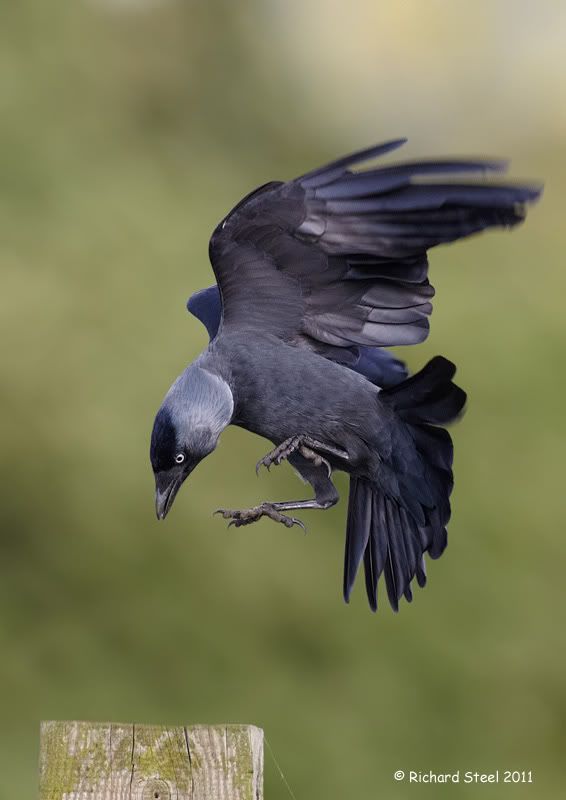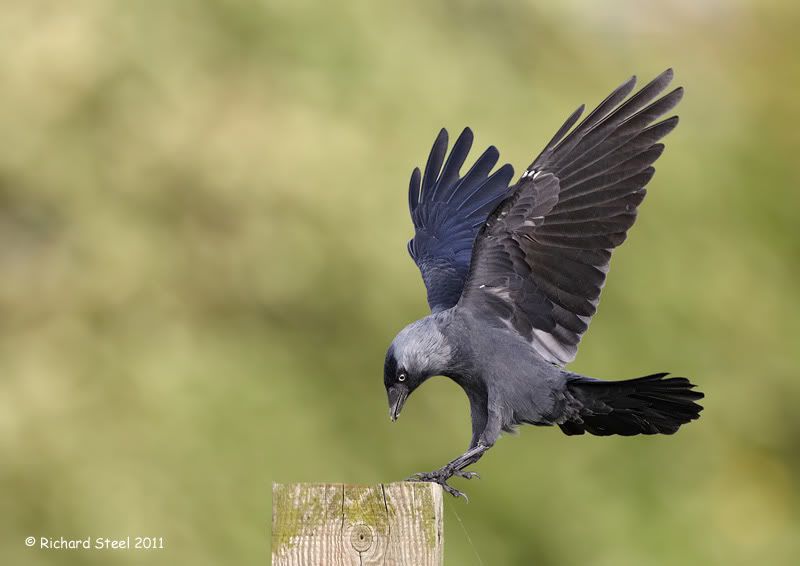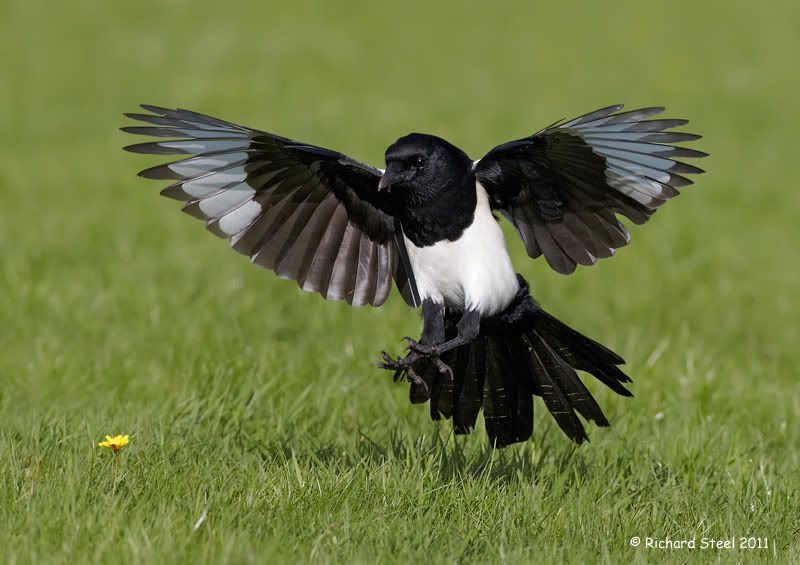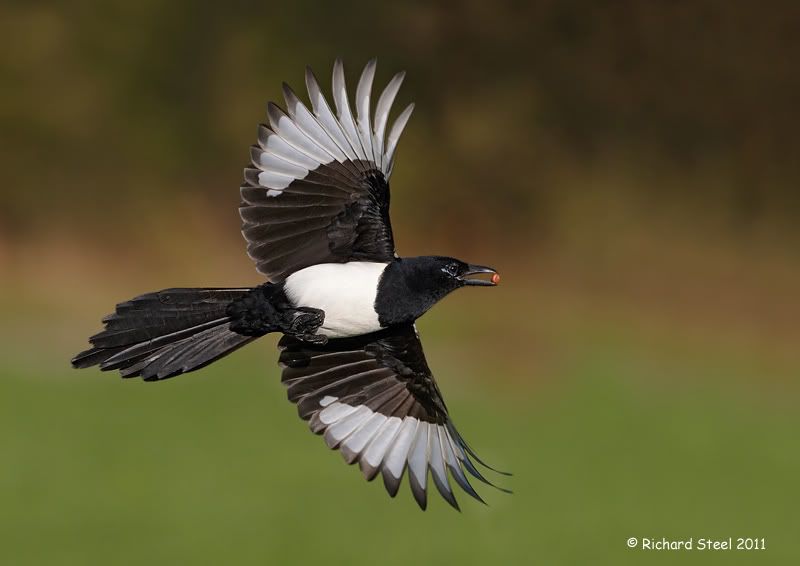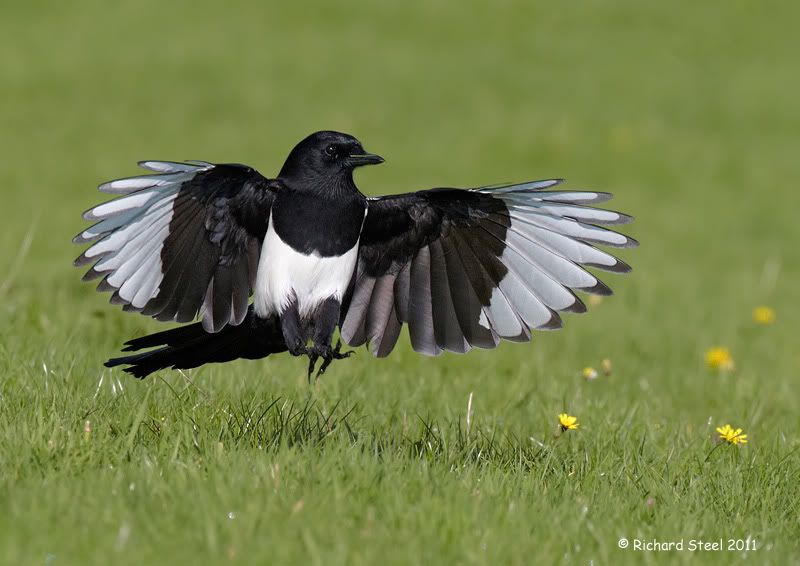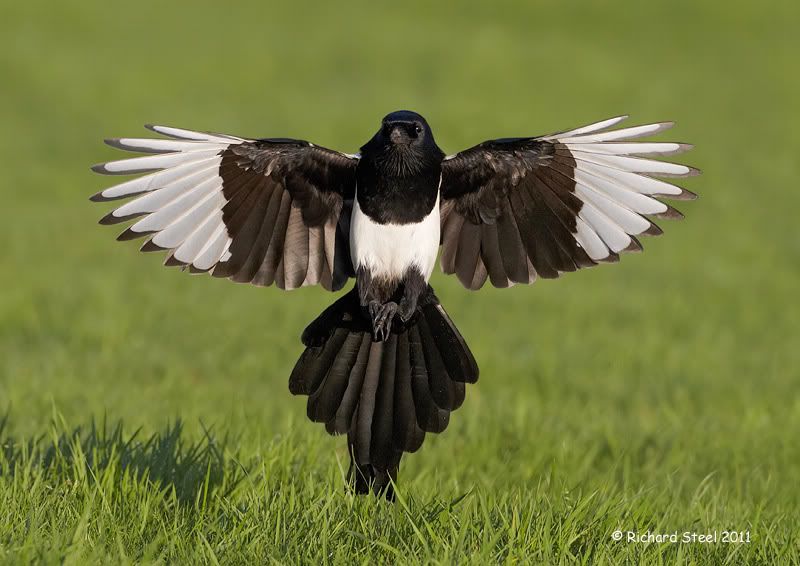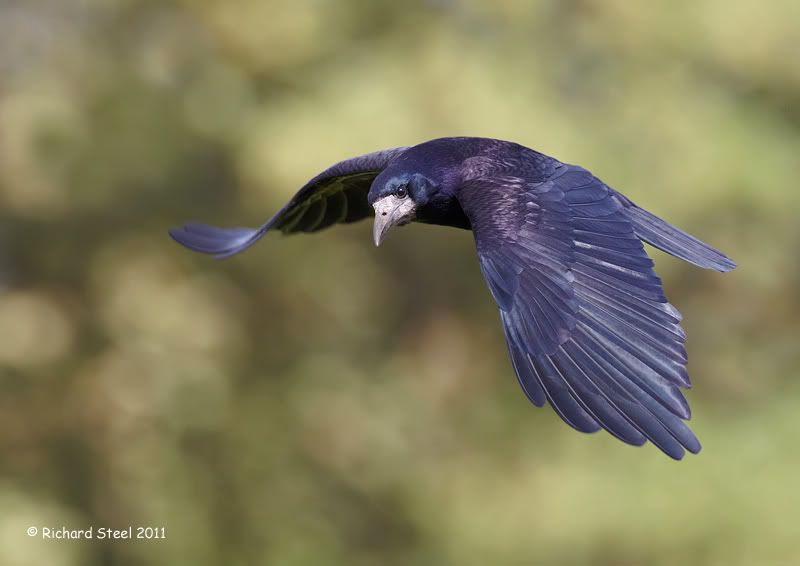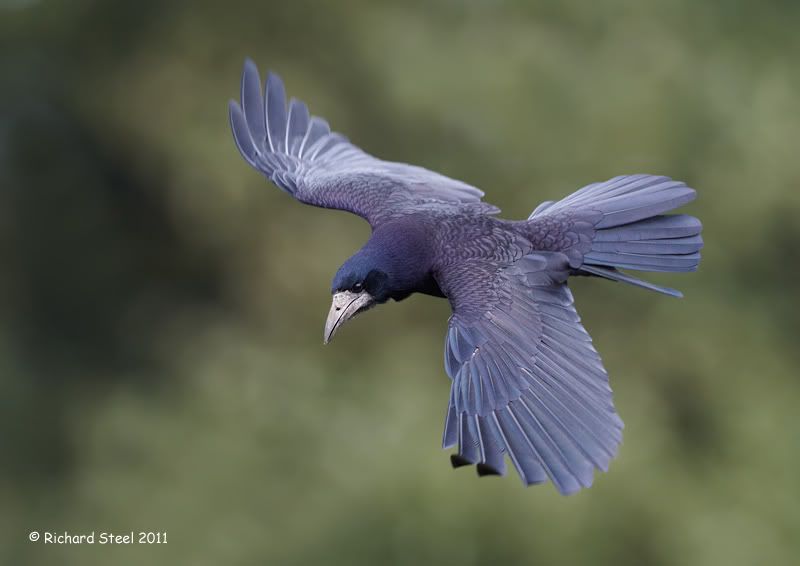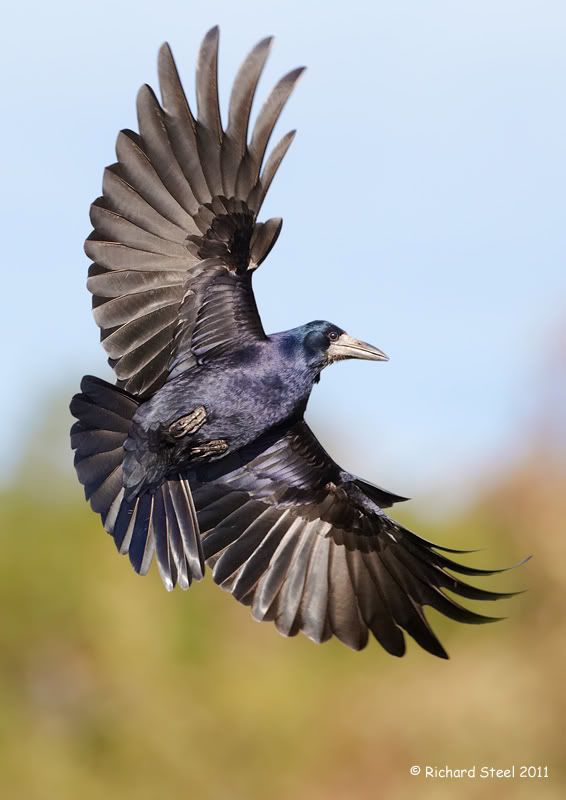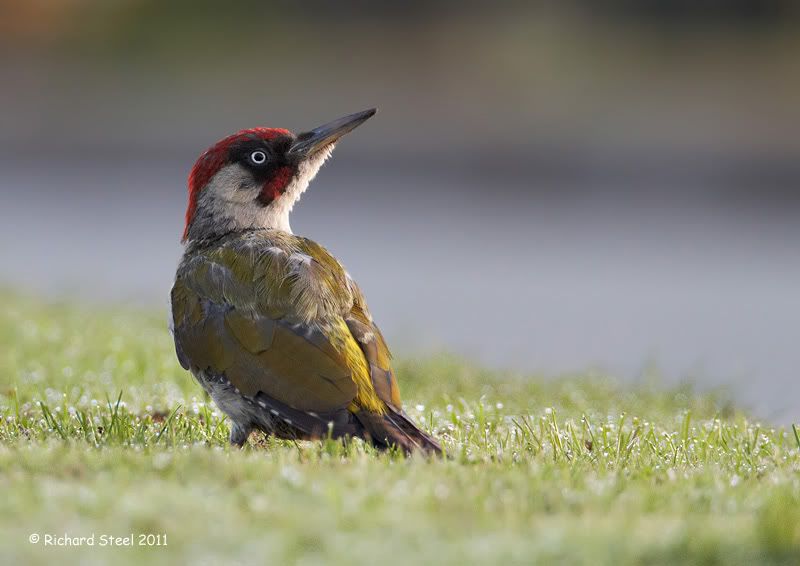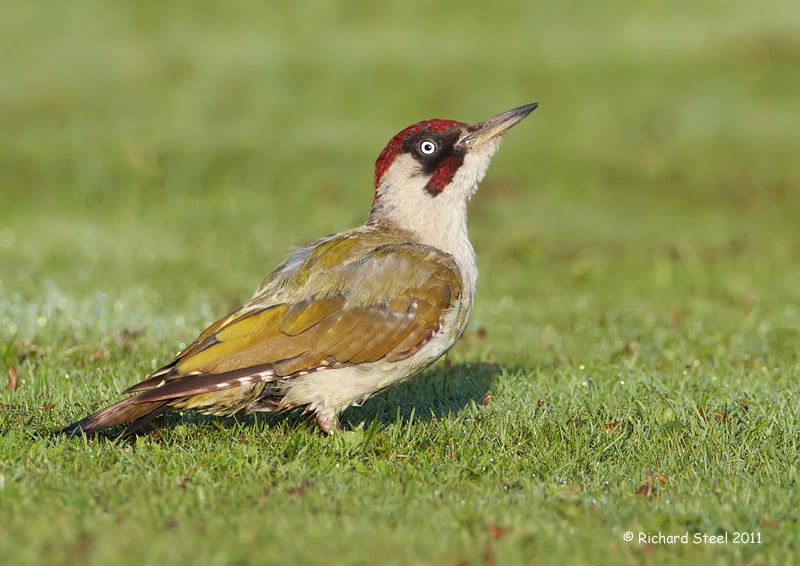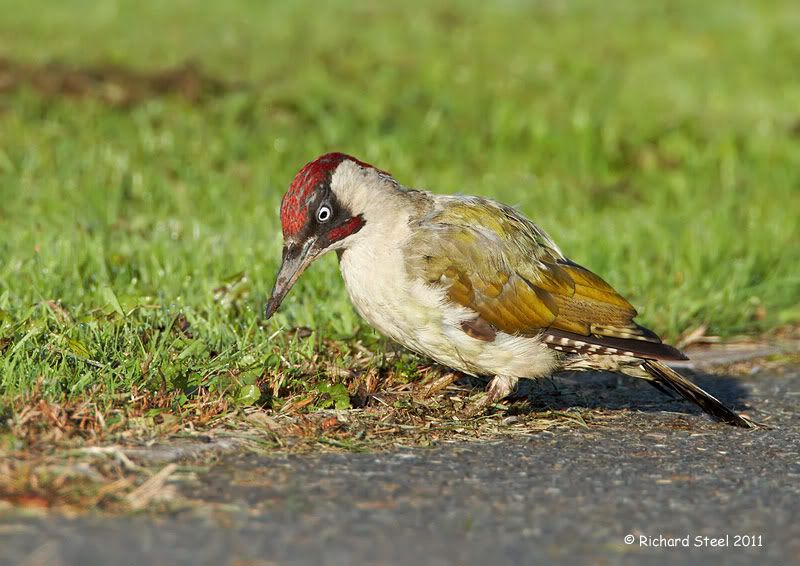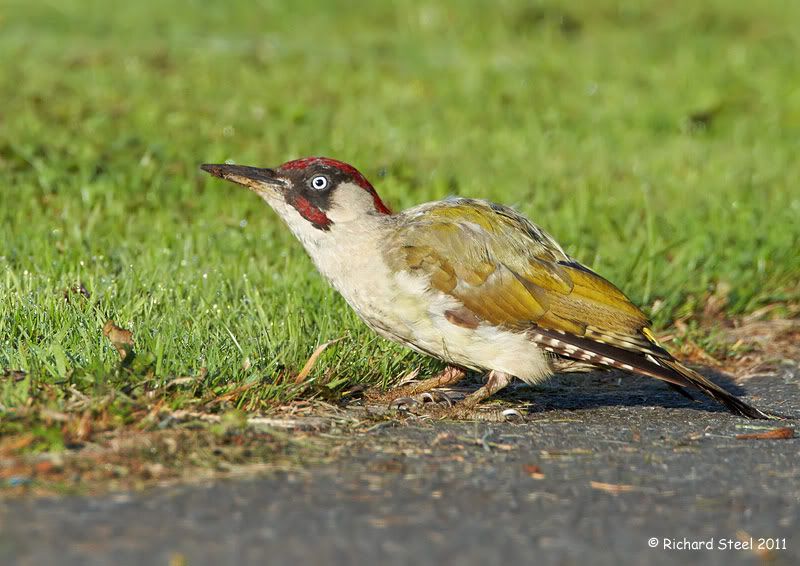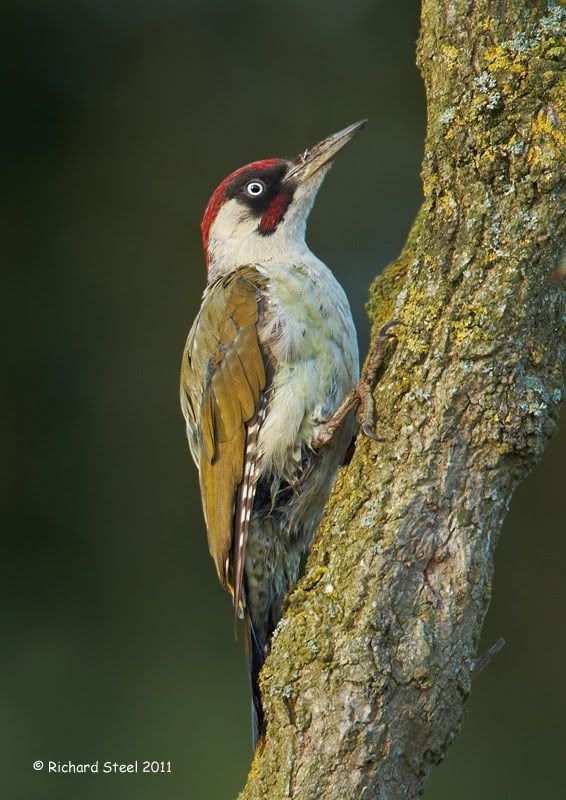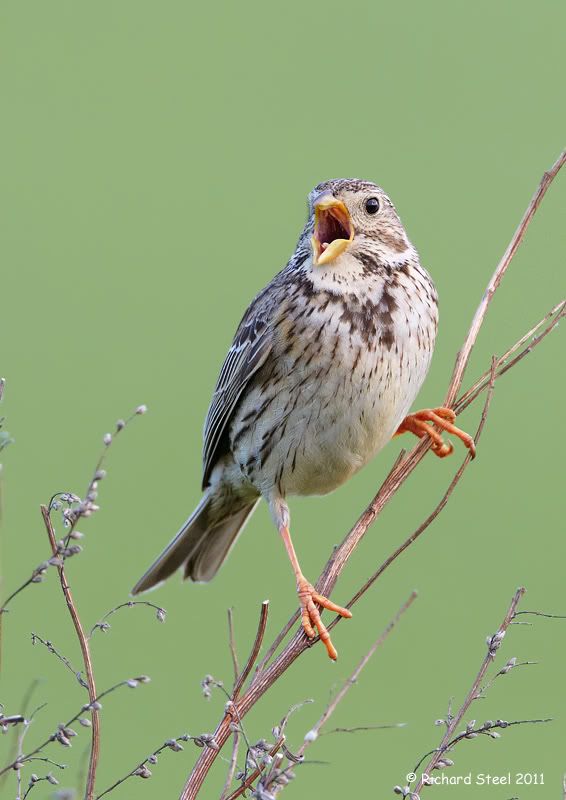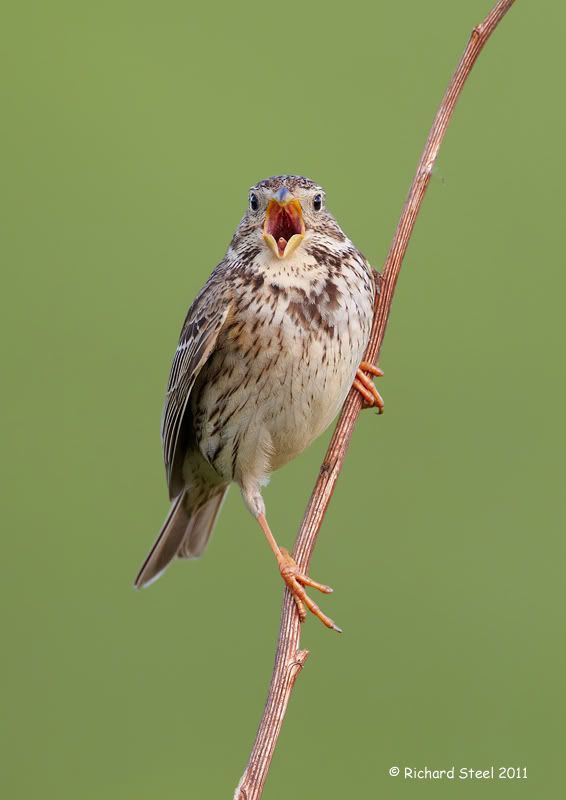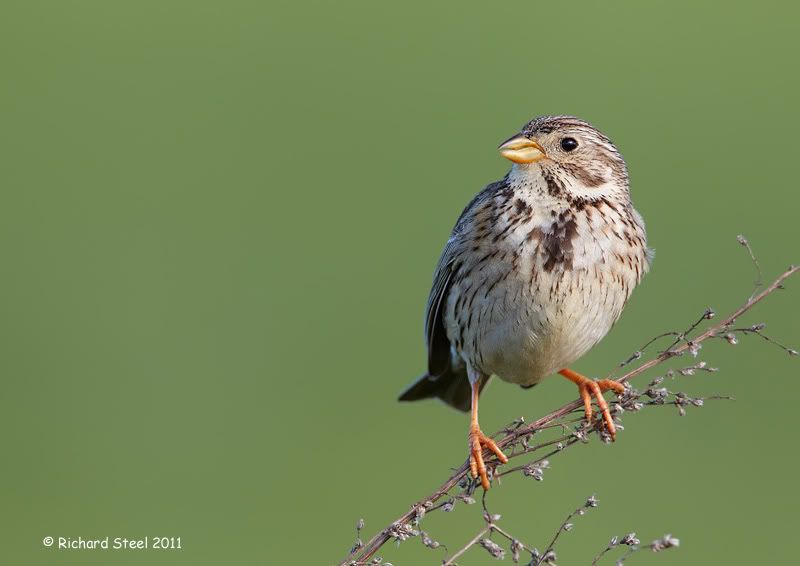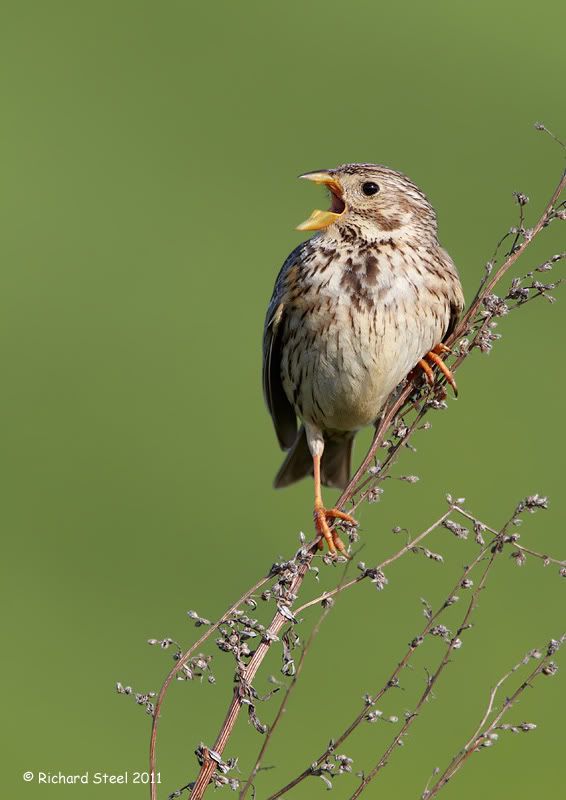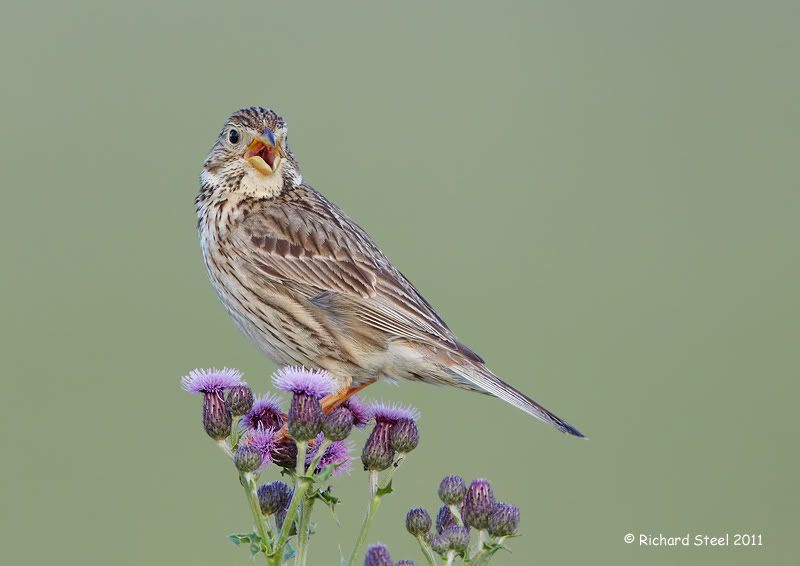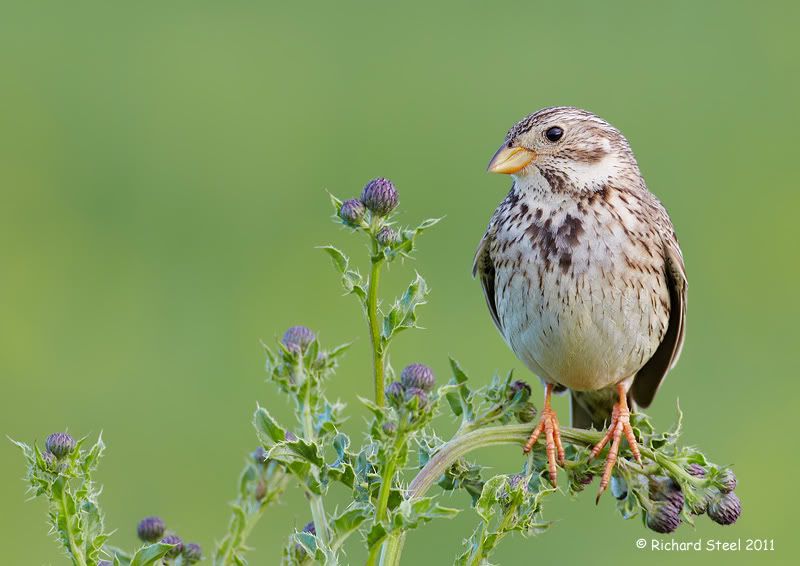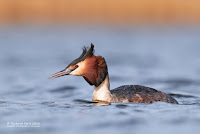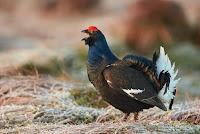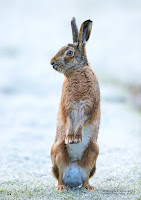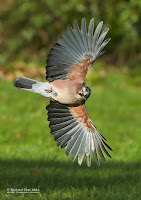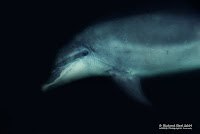One of the interesting features of bird photography is that every year is different. I was only thinking the other day about some of the photographs I had taken this year in comparison to last. Some years I do not manage a single photograph of a particular species and the next I may end up with hundreds. This partly results from my approach of trying to concentrate on particular species but also from a few unpredictable encounters during each year with 'friendly' approachable birds. Northern Wheatear are a good example. Last year, photographs of this species were fairly few and far between but this year it has almost seemed like they are following me!
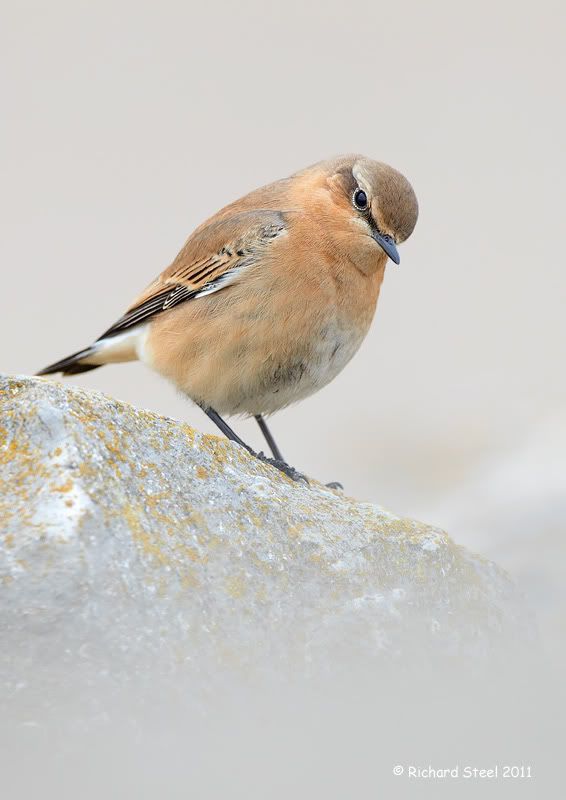
Having already had a good year with this species, another bird recently appeared in its autumn colours offering some great photography opportunities. This bird took up a prolonged temporary residence on the rocks of the local sea wall a couple of weeks back. A very late migrant that should already have been winging its way into Africa. The latest record for this species in my local area is November 21st and this was just beaten by the bird finally departing southward on the 23rd.
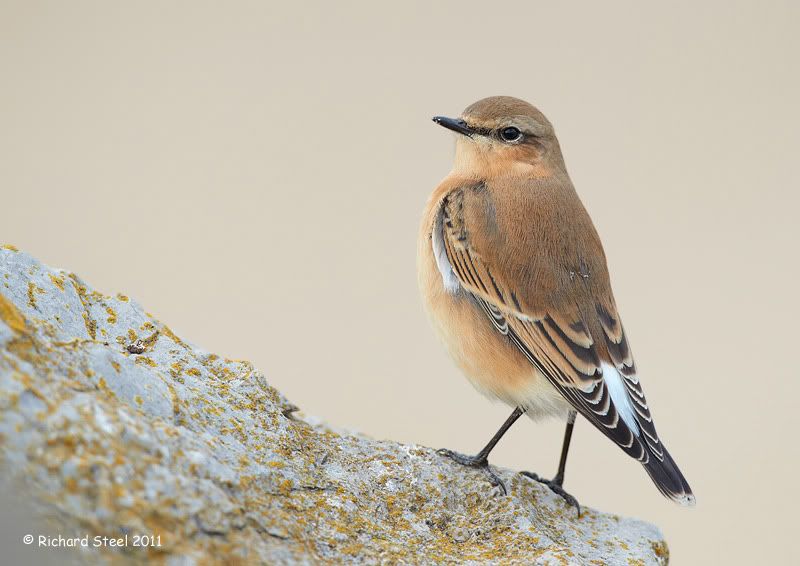
It made a pleasant change to be photographing this bird on some rocks, which provide a more 'natural' setting rather than amongst the grass or perched on the posts of the North Wirral coastal strip. During its stay the bird became quickly accustomed to the constant passing of people along the promenade and therefore very approachable for photography.
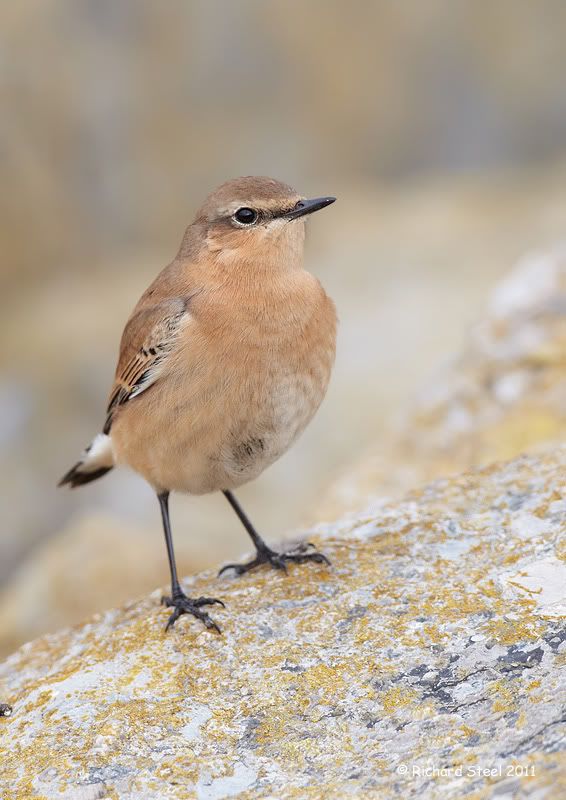
Where birds are in contact with large numbers of people, good photography opportunities can often develop.
Interestingly this wheatear, despite being on migration, had decided that the heap of boulders was its temporary home and became very territorial, chasing away any other birds that landed nearby. Meadow Pipits were the usual target of its aggression.
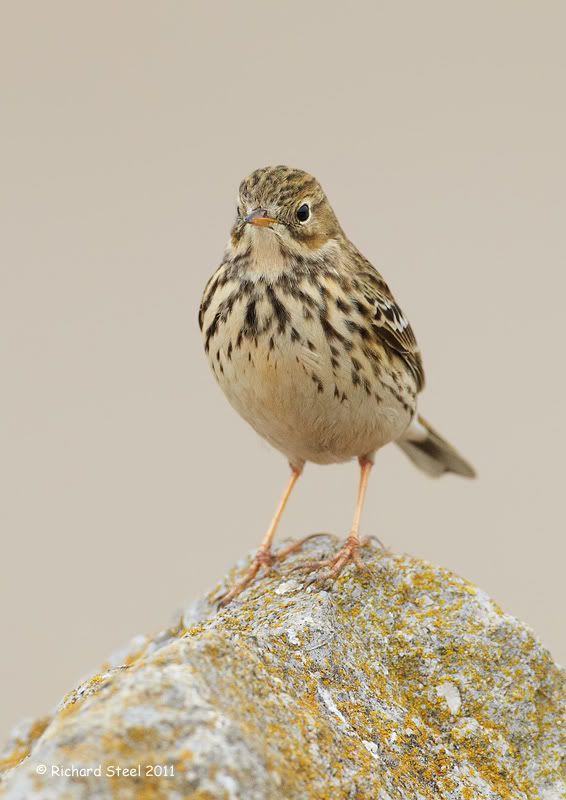
The beach in the background provided some nice complimentary coloured background to the bird and although the day was overcast there was still reasonably good and even light.What you cannot see on these low res images here is the feather detail and so you will have to believe me when I say you can see each feather filament in the high res versions.
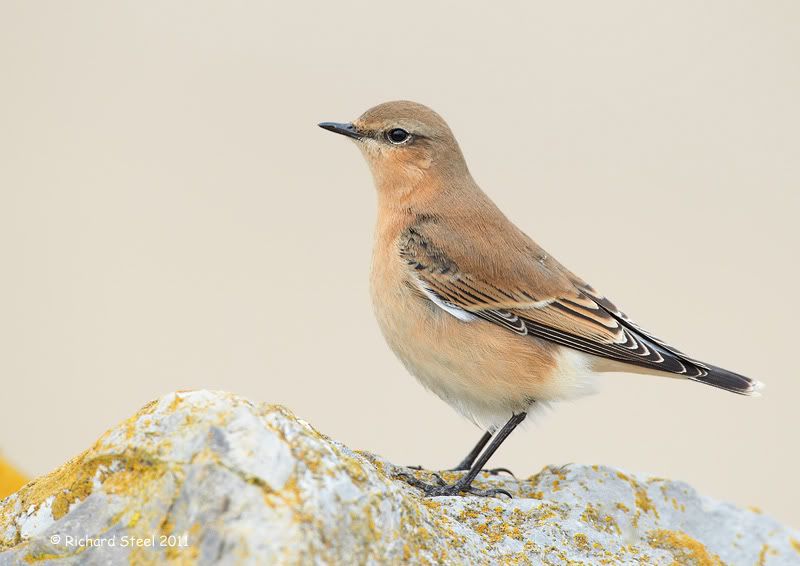
There was one particular rock that I hoped the bird would use as this was the only one with a decent growth of yellow lichen. After a short wait the bird obliged.
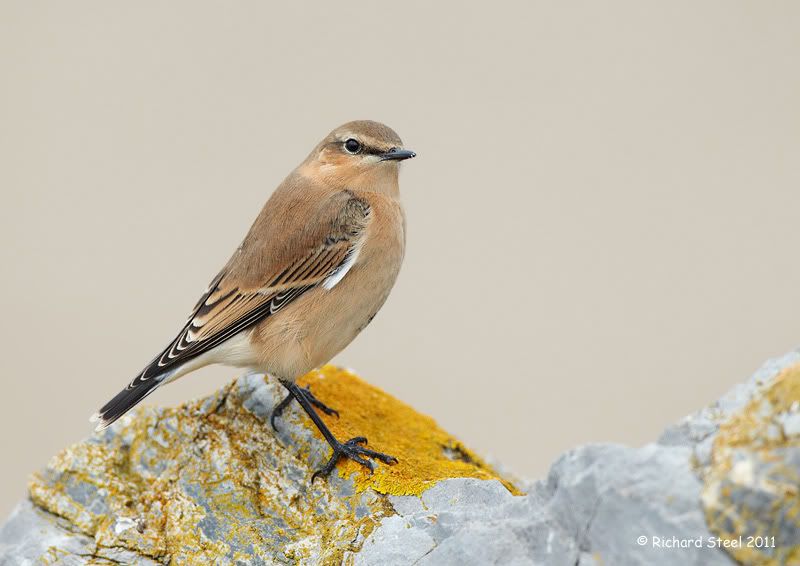
Hopefully, the bird's late departure has not affected it chances of reaching its final destination. I wish it luck on its long journey. This is certainly the last wheatear I will see in 2011 and beside the photos, I am left with fond memories of all those special moments I have spent with these birds this year.

